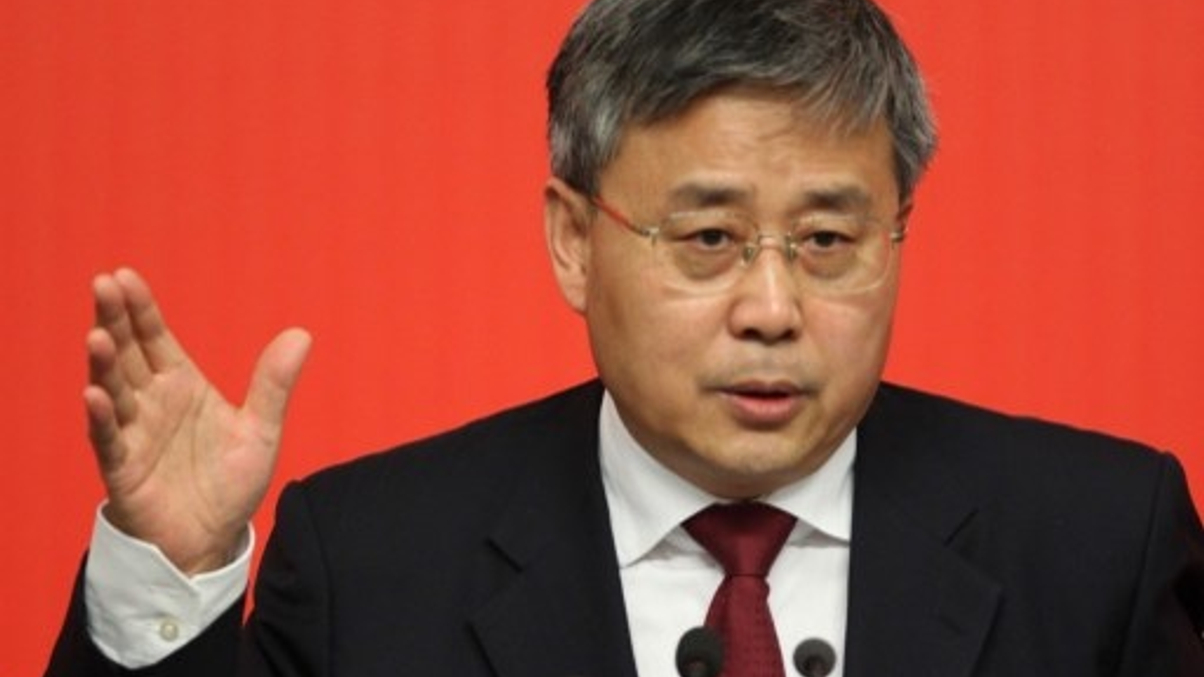NSSF target for SOE stakes seen as over-ambitious
Handing 30-50% of Chinese listed state-owned entities' equity to the country's National Social Security Fund would be too aggressive a move, says consultancy Z-Ben Advisors.

The chairman of China's securities regulator has reiterated a proposal that as much as half of the stock of listed Chinese state-owned enterprises (SOEs) should be handed to the country's National Social Security Fund (NSSF).
Sign In to Your Account
Access Exclusive AsianInvestor Content!
Please sign in to your subscription to unlock full access to our premium AI resources.
Free Registration & 7-Day Trial
Register now to enjoy a 7-day free trial—no registration fees required. Click the link to get started.
Note: This free trial is a one-time offer.
¬ Haymarket Media Limited. All rights reserved.


